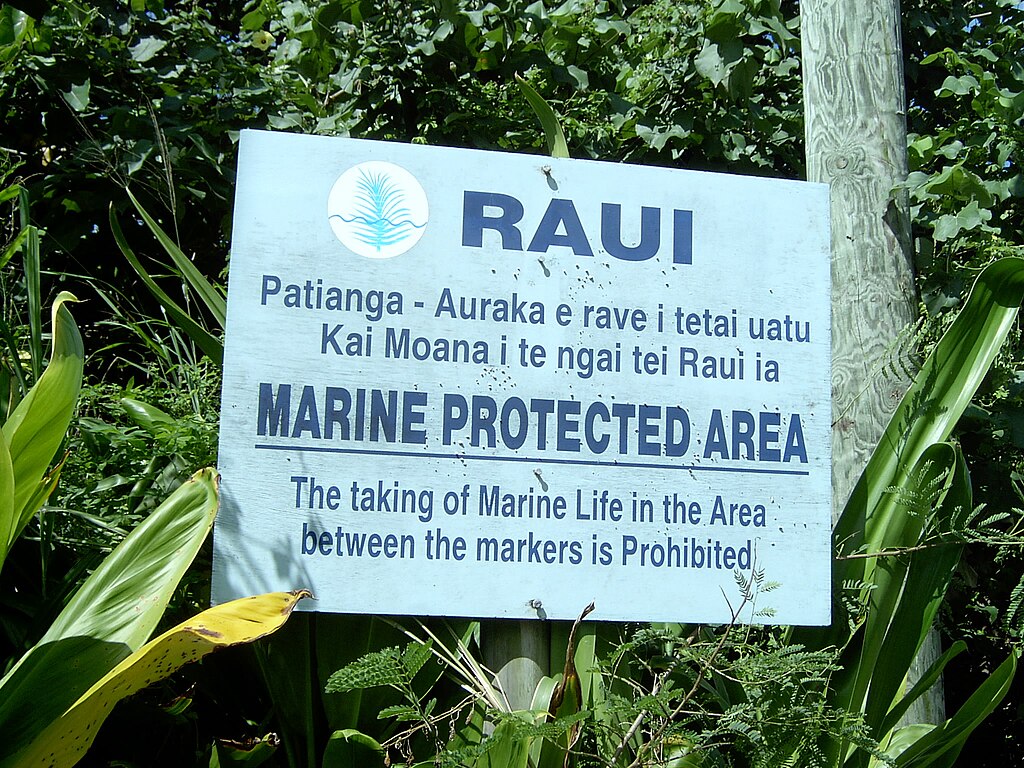Marine scientists and environmentalists are calling for at least 30 percent of the oceans to be designated as Marine Protected Areas (MPA) to help fish stocks and marine life in general to recover and thrive. However, the fishing industry often opposes MPA projects. And yet, 30 percent is not even enough!
The Newfoundland and Labrador Fish, Food, and Allied Workers Union (FFAW) calls on the Canadian government to halt its MPA projects because they ‚unfairly limit the fishing industry‘. The FFAW wants the government to ‚dismantle these baseless closures and abandon all plans for new ones‘, which it characterises as ‚obsession‘.[1] This is a frontal attack not only on the Canadian government, but on the principle of marine conservation in general.
The example highlights how far we still have to go to achieve the goal set by marine scientists and environmental organisations of protecting 30 per cent of the oceans from human impact [2]. Currently, 10 percent is reportedly designated as MPAs [3] – whatever that may mean in practice.
What exactly are Marine Protected Areas?
MPAs vary from small to sometimes large areas and are more or less strictly regulated, with some even allowing bottom trawling, while a complete ban on fishing (no-take zones) is rather the exception.
Organisations such as Greenpeace advocate MPAs on the basis of income arguments [2]. In fact, repopulation in a strictly defined and well-managed MPA leads to a greater number of fishes living in the surrounding areas, where catch yields improve. This is a good argument for convincing local fishermen who depend on the fish stocks within their reach, while industrial fisheries operating in distant waters are more likely to perceive restrictions than positive results. Therefore, the design and maintenance of an MPA depends on the success of direct negotiations with local small-scale fishermen rather than with general fishing unions, whose leadership is usually in the hands of industrial fleets.
Another economic argument is the higher income from tourism, as restored areas are more attractive [2]. So, safaris in protected areas? That cannot be an option, of course! If areas are banned or severly restricted for fishing, this should apply all the more for tourism, from sailing to diving, not to mention motorboats. The protection of growing areas of water bodies is a value in and of itself, not just a value for humans.
We should protect even 50 percent
This argument becomes clear when you look at the goals of the Half Earth Project [4], which is inspired by the lifelong studies and work of US-american biologist E. O. Wilson. In order to give wildlife the space it needs for its own purposes, we must share our common planet with all other beings, of which we are only a small part. The project aims to leave half of the Earth to non-human beings, which seems to be a very demanding task for us, even though we claim the other half for just 8 billion people.
Half Earth naturally also applies to all types of water bodies, from the coast to the high seas, from the source to the estuary, from the shores of a lake to its greatest depth. Half of the waters are to be freed from all human influences, fishing and other extractive activities, shipping, tourism, etc. This is an even longer road, but we should head for it if we want to ensure that life on our planet has a future.
Marine protected areas are a good first step in this direction. To facilitate the acceptance of effective MPAs, it might be useful to involve local small-scale fishermen, hire them as rangers (they are the ones who know their region best) and allow them strictly limited fishing with lowest impact gear. And from here, step by step towards the goal.
Title picture:
Raui (marine protected area) sign, Rarotonga Island, Cook Islands, a sign advertising an ancient practice, designed by Pacific Islanders to conserve their marine resources long before the era of globalization. (Credit: Patrick Nunn / Wikimedia Commons)
Sources:
[1] https://www.seafoodsource.com/news/supply-trade/newfoundland-fishing-union-condemns-creation-of-mpas
[2] https://www.greenpeace.org/aotearoa/story/marine-protected-areas-safeguard-more-than-ecology-they-bring-economic-benefits-to-fisheries-and-tourism/
[3] https://www.protectedplanet.net/en/thematic-areas/marine-protected-areas
[4] https://eowilsonfoundation.org/what-is-the-half-earth-project/


Schreibe einen Kommentar
Du musst angemeldet sein, um einen Kommentar abzugeben.